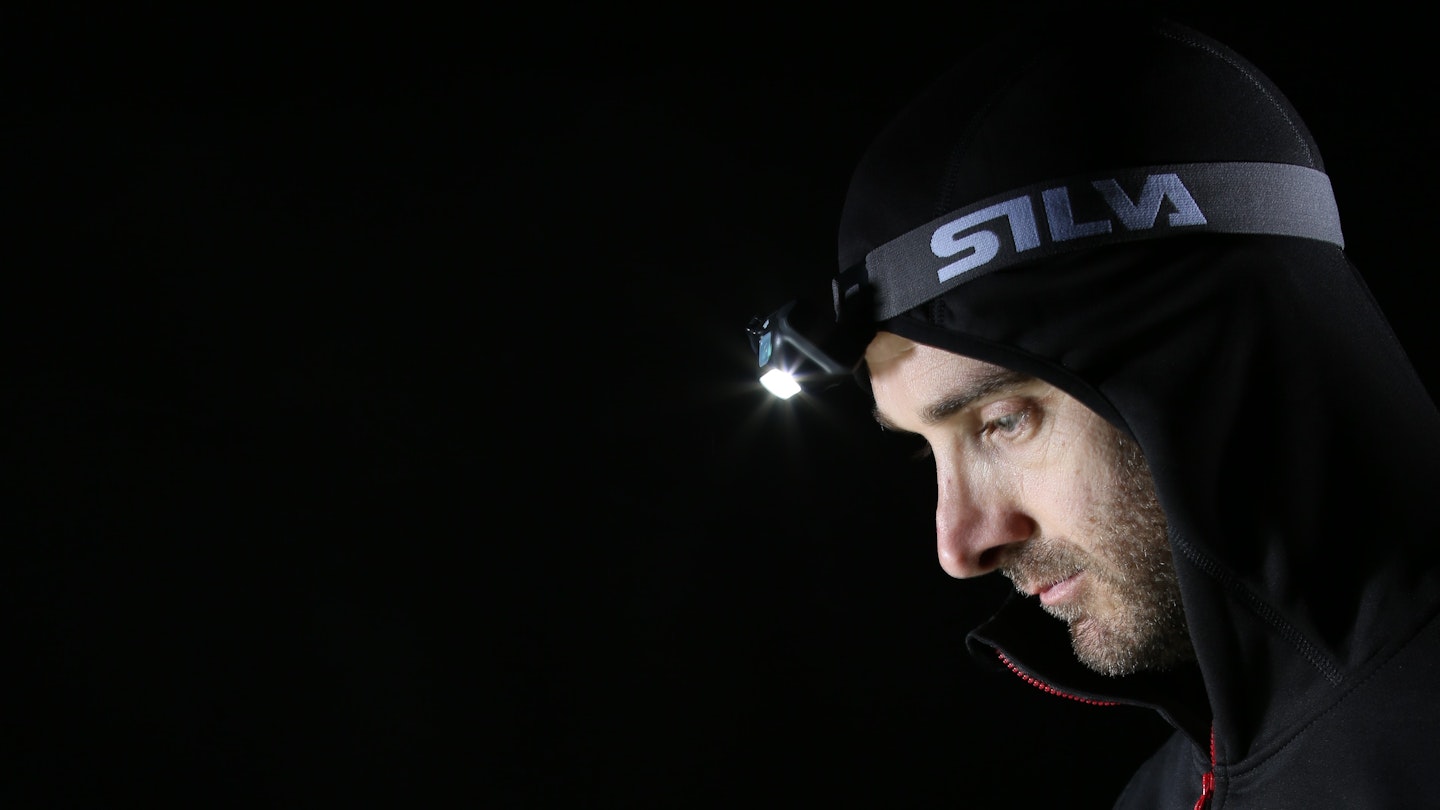Top tips: Don't get caught out!
• Make an early start to your day, especially in winter.
• Always carry a map and a headtorch for night navigation.
• Carry a spare LED headtorch too – it avoids messing about with batteries in the dark.
• Don’t rely on your mobile phone for torch and map – keep the battery power for essential calls and texts. And be aware that mobile batteries will be much weaker in cold temperatures.
What to do if the worst does happen...
Advice from Mike Margeson, Ops Director, Mountain Rescue England & Wales:
• Keep calm.
• Work out where you are BEFORE it gets too dark or misty. Keep a running check on progress so you always know where you are.
• Take a compass bearing in the right direction, but remember it only works if you know where you are starting from.
• If you can, get everyone in your party to take a compass bearing. It’s the best way of avoiding silly errors like being 180° out!
• If in doubt about what’s ahead, double-back on your route and retreat. It is often the bravest as well as the most sensible decision.
• If that’s not possible, aim to head into a valley. Avoid any crags, really steep ground or other hazards. It may not be the right valley but you’ll be safer and warmer if you descend.
• Everyone makes mistakes and, like all challenges in the outdoors, you learn from them.
Easy as 123
Navigation all comes down to solid basics. SILVA’s 123 to Navigation sets a foundation for more advanced skills. Practising using a map and compass on your local walks is a great idea. Go out in the dark to imitate low-visibility conditions that might catch you out in the mountains, so you’re prepared and practised in a safe environment.

What is...?
A BEARING is a direction of travel given in terms of degrees. On a compass north is expressed as 0°, east is 90°, south is 180° and west 270°.
GRID REFERENCE A map is divided into squares, and each line of the square has a corresponding horizontal and vertical number printed on it. A 4-figure grid reference for each square is the horizontal number, followed by the vertical number.
CATCHING FEATURES These are features that will tell you if you’ve gone too far, eg “I know if I head in a northerly direction and hit a woodland then I’ve missed my turn and need to backtrack.”
HANDRAIL FEATURE Features such as rivers, streams, fence lines and paths that are going in your direction can be great ‘handrails’ to follow in poor visibility.

